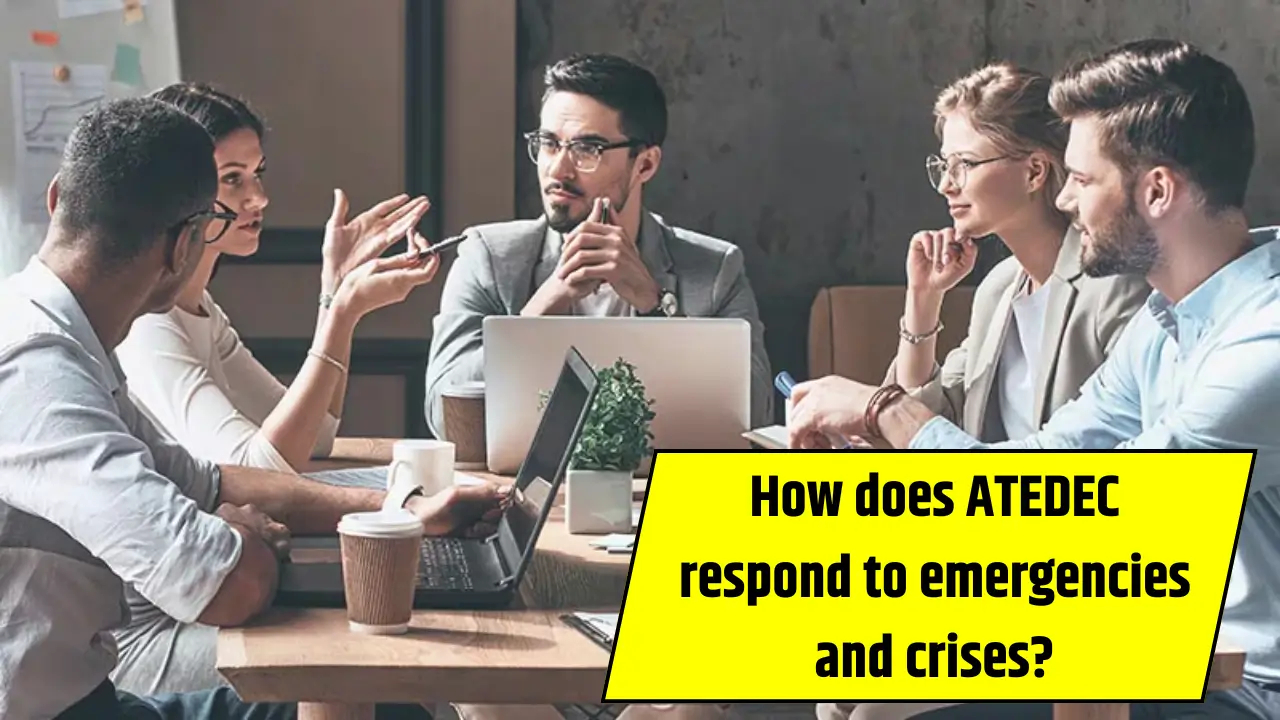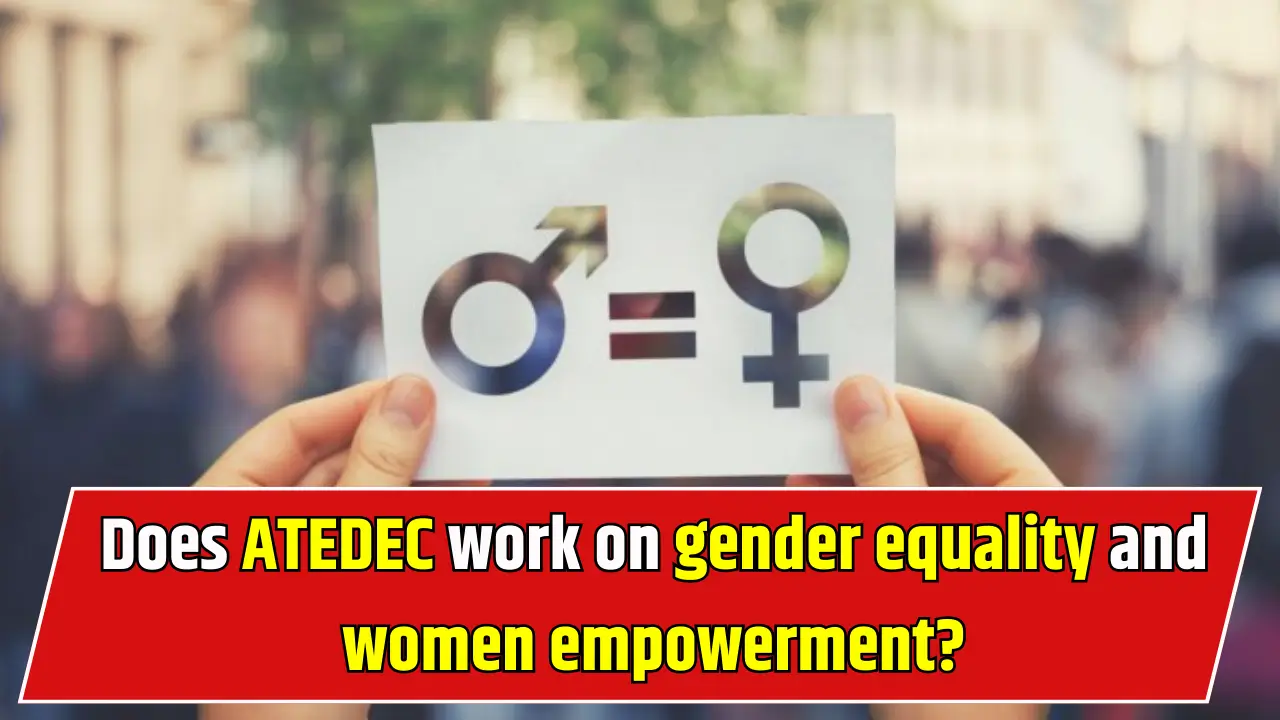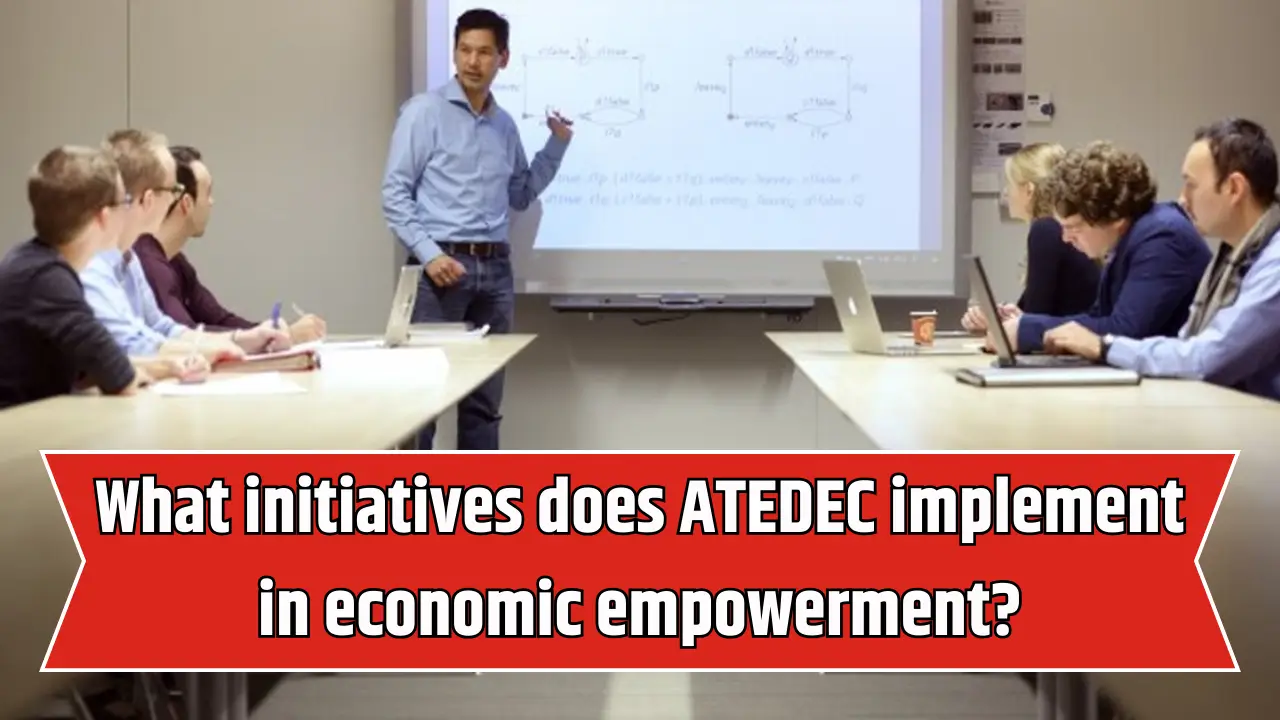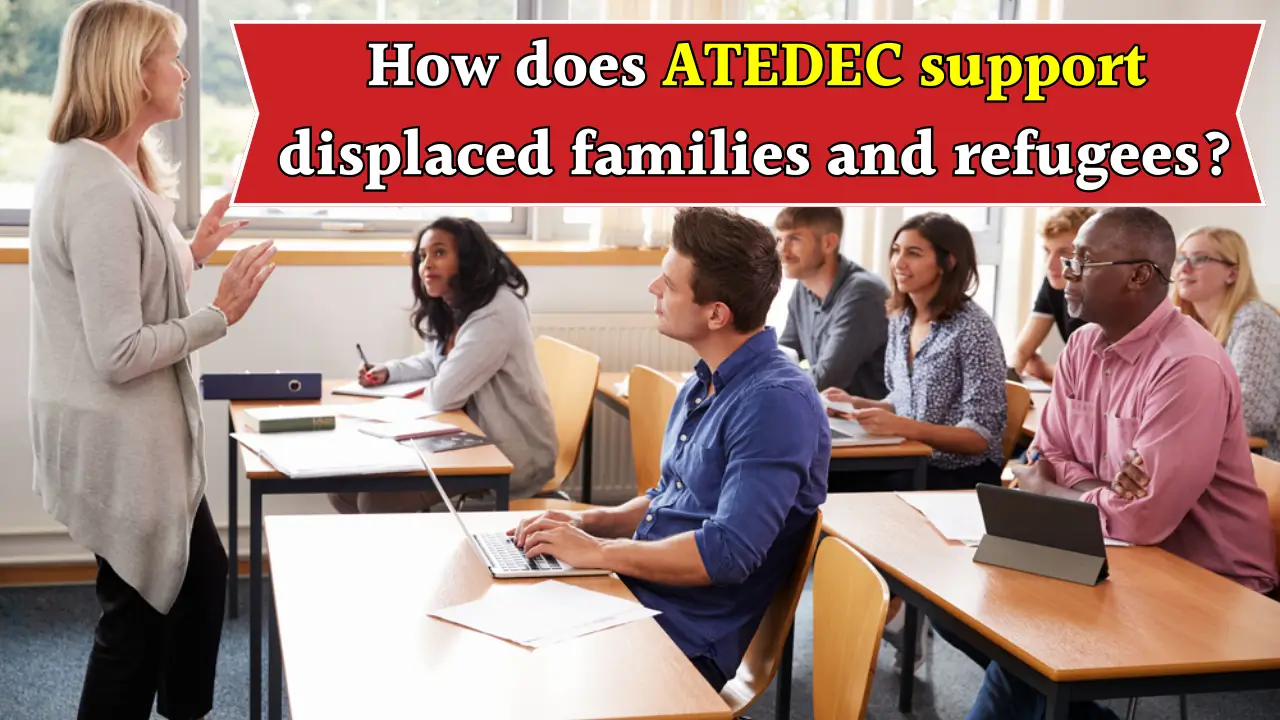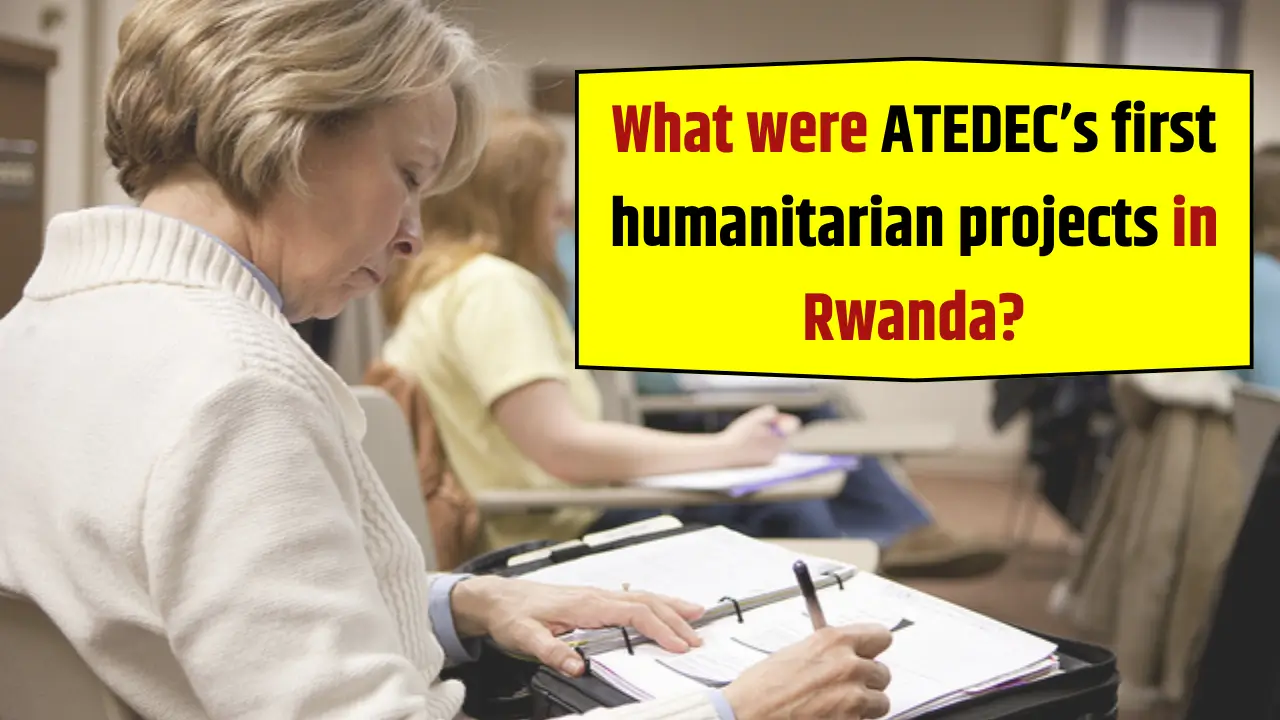ATEDEC (Action Technique pour un Developpement Communautaire) is one of Rwanda’s most responsive humanitarian NGOs, specializing in emergency aid, crisis intervention, and community rehabilitation since its founding in 1994.
Given Rwanda’s history of conflict, displacement, and vulnerability to natural disasters, ATEDEC’s rapid and coordinated emergency response capacity has made a profound difference in saving lives and facilitating long-term recovery.
This article explores the organization’s framework, major projects, operational strategies, achievements, and innovative updates in its emergency and crisis response.
ATEDEC’s Mission in Emergency Response
ATEDEC’s core objective in crisis and emergency response is to safeguard vulnerable populations through immediate relief, protection, and livelihood restoration.
Its operational philosophy emphasizes neutrality, impartiality, and community participation to ensure that aid reaches those most in need, regardless of background or circumstance.
Major Pillars of Emergency and Crisis Intervention
1. Humanitarian Assistance and Immediate Relief
- Distribution of Food and Essential Supplies: Quick mobilization and distribution of food, clothing, clean water, blankets, and hygiene kits to families affected by crises such as conflict, mass displacement, or natural disasters.
- Emergency Shelter Provision: Construction and deployment of temporary shelters for displaced populations to ensure safety and dignity.
- Medical Care and Psychosocial Support: Coordination with health teams to provide first aid, basic health services, maternal care, and trauma counseling to victims of violence, disaster, and displacement.
2. Resettlement and Reintegration Support
- Restoration of Housing: Assistance in reconstructing homes and community facilities destroyed by conflicts or disasters.
- Facilitating Land Access: Helping displaced and returnee families access land and integrate into host communities.
- Community Integration: Promoting harmony through dialogue and social acceptance programs for displaced persons and survivors.
3. Coordination and Partnerships
- Engagement and collaboration with local authorities, international agencies, and community leaders for effective resource mobilization and deployment.
- Multi-agency response to maximize coverage and impact, including joint logistics, information-sharing, and case management.
4. Long-Term Recovery Planning
- Linking immediate relief to sustainable development by restoring livelihoods, rehabilitating infrastructure, and supporting education and health services.
- Capacity building for communities to better withstand future shocks.
Emergency Response Framework and Governance
| Level | Role |
| Board of Directors | Strategic oversight and legal compliance |
| Executive Director | Overall crisis coordination and external representation |
| Program Managers | Sector-specific emergency program implementation |
| Field Officers | Direct field operations, assessment, and distribution |
| Volunteers | Community mobilization, logistics, monitoring |
Principles: Evidence-based planning, transparency, and participatory decision making.
Impact and Achievements in Emergency Response
Social Impact
- Thousands of families aided in post-genocide, flood, and epidemic emergencies.
- Medical and psychosocial support provided to survivors of violence and trauma.
- Restoration of dignity and hope to displaced and vulnerable populations.
Economic Impact
- Livelihood and asset recovery for families affected by conflict and disasters.
- Training and employment in reconstruction projects for local communities.
Infrastructure and Rehabilitation
- Rebuilding homes, schools, and health centers in crisis-hit areas.
- Improvement of water, sanitation, and hygiene (WASH) facilities.
ATEDEC’s Emergency Response Program Matrix
| Pillar | Objective | Key Activities | Impact Indicators |
| Immediate Relief | Save lives, prevent further harm | Food, medical aid, shelter, hygiene supply distribution | Reduced mortality, improved health |
| Crisis Rehabilitation | Restore assets, community stability | Home, school, facility reconstruction | Increased resettlement, restored services |
| Psychosocial Support | Heal trauma, promote well-being | Trauma counseling, support groups | Improved mental health, social integration |
| Coordination & Partnership | Maximize effectiveness | Joint operations, info sharing, resource mobilization | Faster response, greater reach |
| Long-Term Recovery | Build resilience | Livelihoods restoration, infrastructure support | Reduced vulnerability, sustained recovery |
Latest Innovations and Updates (2025)
- Digital Crisis Management Systems: Enhanced use of tracking platforms for beneficiary registration, supply logistics, and case management to speed up aid delivery.
- Climate Adaptation in Disaster Response: Integrating climate-smart planning to better prepare for floods, droughts, and weather-related emergencies.
- Mobile Rapid Response Teams: Deployment of agile field units equipped to assess needs and deliver aid in hard-to-reach areas within hours.
- Local Volunteer Force Expansion: Scaling community-driven emergency preparedness programs to improve coverage and local resilience.
- Partnerships for Health Emergencies: Collaborating with health authorities to strengthen maternal, child, and epidemic response in line with Rwanda’s rapid ambulance network expansion.
- WASH Upgrades in Shelters: Prioritizing safe water access, sanitation, and hygiene promotion during crises to prevent secondary health risks.
- Integrated Data Collection: Leveraging technology for real-time monitoring, needs assessment, and continuous program improvement.
Common Emergency Scenarios and ATEDEC’s Responses
1. Conflict and Displacement
- Immediate aid to returnees and displaced populations.
- Long-term support for resettlement, trauma recovery, and economic reintegration.
2. Floods and Natural Disasters
- Emergency food distribution, shelter setup, health interventions, and flood-resilient infrastructure rehabilitation.
3. Epidemics and Health Crises
- Awareness campaigns, deployment of health workers, supply of medicines, and support for epidemic containment.
4. Gender-Based Violence Emergencies
- Discreet and rapid counseling services, safe spaces, and legal referrals for survivors.
Challenges and Solutions
Challenges
- Limited funding and high operational costs.
- Rural accessibility and logistical hurdles.
- Massive scale of needs during large-scale emergencies.
- Maintaining rapid communication in dynamic crisis environments.
Solutions
- Diversifying funding sources and building strong donor relationships.
- Developing community volunteer networks to augment response capacity.
- Investing in digital tools for efficiency and transparency.
- Robust training for staff and communities on crisis management.
Strategic Alignment and Future Plans
ATEDEC’s emergency operations are aligned with Rwanda’s Vision 2050 and global humanitarian standards. The organization seeks to:
- Expand rapid response coverage to all provinces.
- Integrate climate risk planning across all projects.
- Strengthen cross-sectoral partnerships for coordinated crisis management.
- Build resilience and preparedness culture among communities.
Conclusion
ATEDEC’s strategic and compassionate response to emergencies and crises transforms lives at Rwanda’s most vulnerable moments.
Through rapid aid, coordinated rehabilitation, and robust community engagement, the organization restores stability, dignity, and hope, ensuring pathways toward long-term recovery and self-reliance.
As new challenges emerge—climate, health, displacement—ATEDEC remains at the forefront, adapting, scaling, and innovating to meet Rwanda’s urgent and evolving humanitarian needs.
